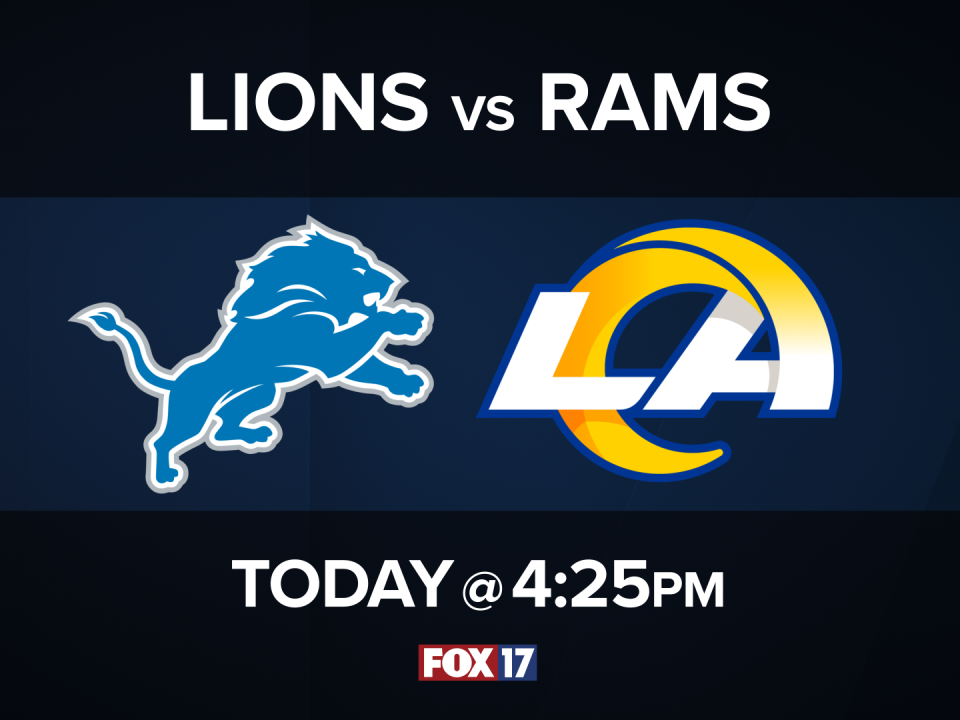Ketchup, such a simple thing found at every fast-food restaurant that we can use to learn density and buoyancy. Our West Michigan Chevy Dealer weather kid of the month will help with this experiment! We will see how we will make this little ketchup packet float and sink with one simple move making this ketchup a cartesian diver. Here's what you need to get started and figure how we can learn more about density and buoyancy.
- (1) One liter plastic bottle with a lid
- Ketchup packet from a fast food restaurant
- Salt (if needed)
Step 1: remove all labels from the bottle and fill it all the way to the top with water
Step 2: add ketchup packet to the bottle and close lid
Step 3: if ketchup packet doesn’t instantly float unscrew the lid and add salt (kosher salt makes it not foggy) then re-close lid and shake the bottle until salt is dissolved and ketchup bottle floats. May need to add multiple amounts of salt. *skip this step if ketchup bottle instantly floats.
Step 4: simply squeeze the bottle and release your squeeze. Watch what happens!
The magic ketchup should sink when you squeeze the bottle and should float when you release your squeeze. This experiment displays buoyancy and density! Buoyancy describing how things float in liquids and density describing the amount of mass an object has; if you had to add salt to the water that adjusts the water’s density.
The simple version is there's a little bubble inside our ketchup packet and as we know bubbles float which in this case keep the ketchup packet from sinking. Now when we squeeze the bottle we put pressure on packet causing the bubble to get smaller and the entire ketchup packet to become more dense and sink. When we release the pressure the bubble expands making the whole ketchup packet less dense and more buoyant floating back up.This is typically referred to as a cartesian diver.




